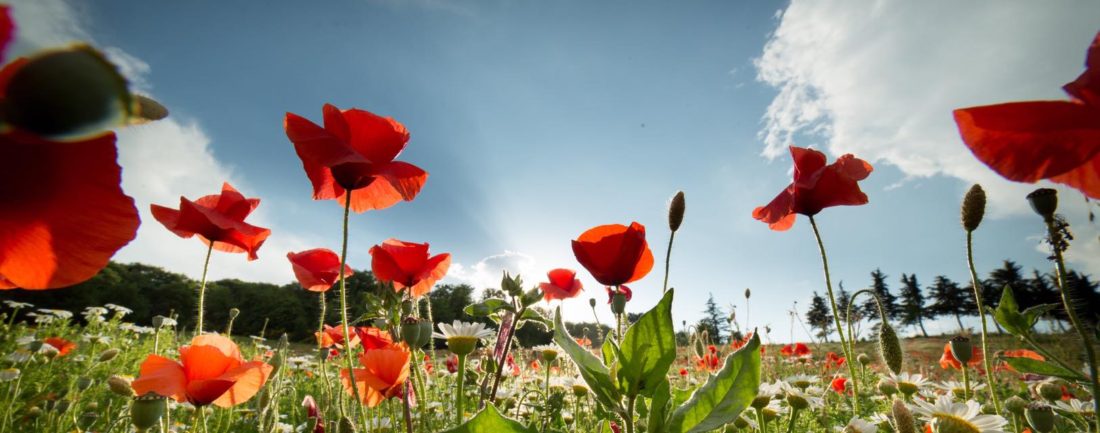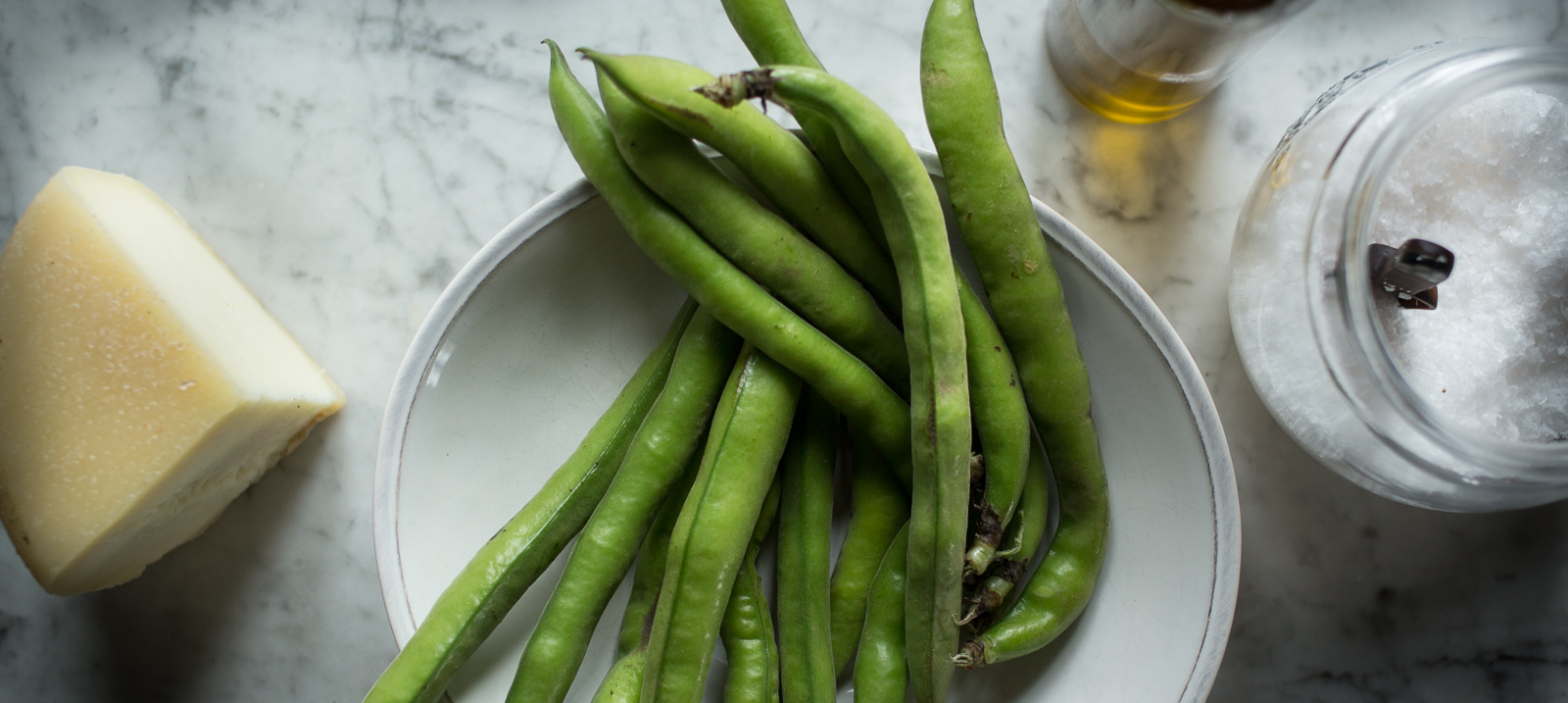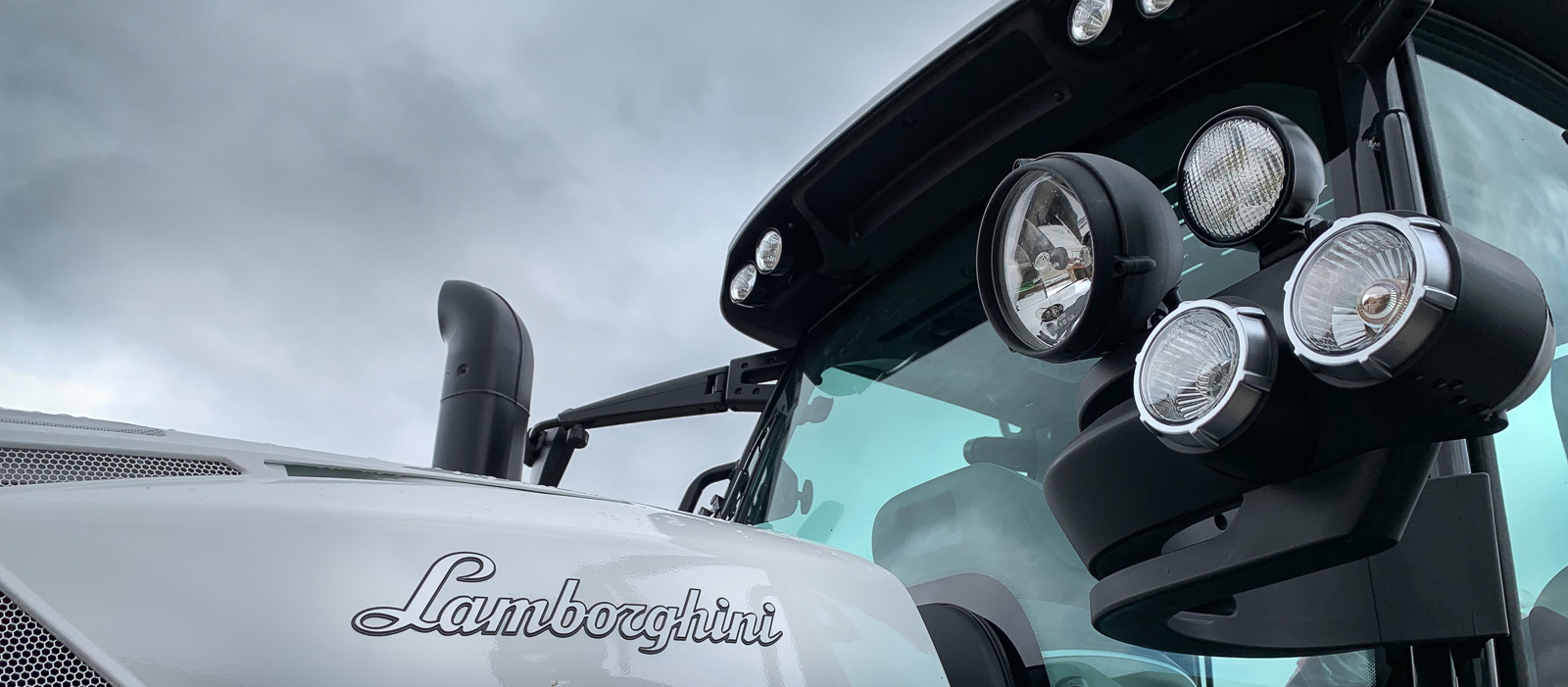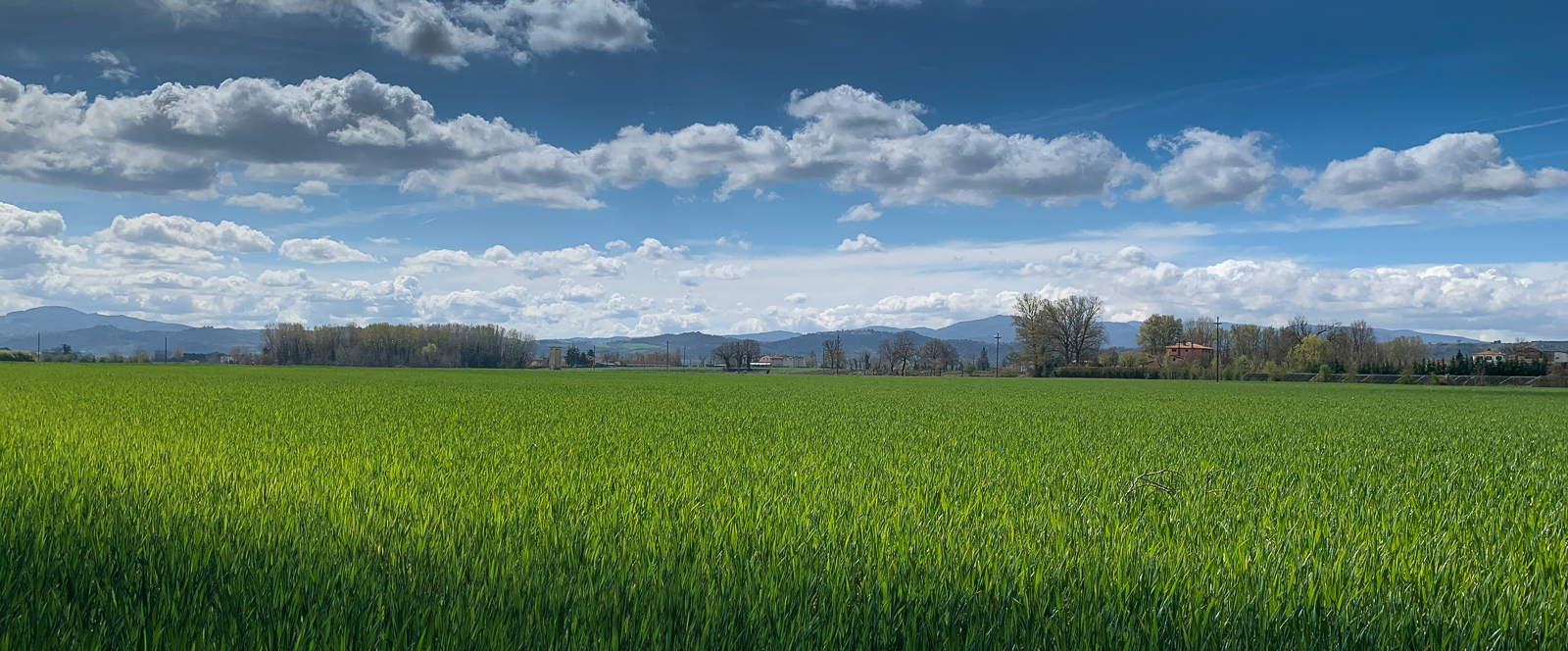
How I know it’s spring in Tuscany
One of the things I love most about creating Itch is that I’m constantly reminded to keep attentive to what unfolds around me every day. I had so much fun thinking about spring for this post, and the little things that make me know that it has arrived.

1. Fava Beans
In the spring fava beans are suddenly everywhere, but show up in two completely different ways. First there are the fave that you eat. Italians often serve them in a very different way than I’d had in America. I was used to the beans being shelled, the small inner beans removed, and then blanched to make it easier to remove the skin around the inner, bright green bean, which was the only part served. (One memorable exception to this was many years ago in San Francisco’s Mission District at Delfina when they served fried baby fava beans which were eaten whole, outer pod and all. They were delicious.)
Here, even at very nice restaurants, when you order fave you often get a plate of raw, whole beans, along with some thin slices of pecorino cheese, salt, and some olive oil. You then remove the inner pods yourself and eat them raw, along with the skin coating them, accompanied by some oil and cheese. We still aren’t totally convinced that this is as good as just the innermost pod cooked in some delicious way, but this kind of dish makes everything dependent on the essentials: the fave must be very, very fresh and the quality of the oil and cheese is critical.
My sister turned me on to a recipe that involves throwing whole, really fresh fava beans in a plastic bag along with some olive oil, sea salt, red pepper, and garlic, tossing together to coat, and then roasting the beans over a fire until cooked and tender and a bit charred in places. You can eat these whole and we have served them several times as an aperitivo, along with a prosecco.
But fave in markets and restaurants aren’t that unusual in many places around the world. The second way fave are a harbinger of spring is that they are used as a cover crop to restore nitrogen to the fields where tobacco was planted late last summer. All those glorious little beans are plowed under just when they get really promising, unharvested.
2. The Lamborghini come out
If we were to do an MRI of our brain activity with the verbal prompt “Lamborghini” I think our brains would light up in very different ways. The image I conjure up is one of a tractor. After WWII Ferruccio Lamborghini started a company to make tractors out of reconfigured military equipment. He also made heating and cooling equipment and between his businesses became wildly successful. So successful that he started to collect luxury cars, including a Ferrari, which was a constant nightmare to maintain. He decided to start his own car brand in 1963.

Today, in the valley, having a Lamborghini tractor is definitely the cool kid choice and at this time of year the tractors, Lamborghini or otherwise, hit the fields and make them incredibly well-groomed. Soil is also prepped in long, rectangular patches for personal vegetable gardens, called orto, often in the front yard of a house.

3. The dandelions face their natural predator, the horse
We cheated and put a horse cookie in the middle of the dandelions to make sure that Salome would cooperate for the shot, but she ended up ignoring the cookie to concentrate on her favorite thing, fresh dandelion greens.
4. The world turns blue and green

5. Poppies

6. One of my favorite restaurants opens again after a long winter.
Laura and Marco open Il Travato in Monterchi sometime around Easter. I just saw Laura near the piazza and she said that Pasquetta is THE DAY! (Pasquetta is literally “Little Easter”—the relaxed family day after Easter usually marked by a picnic.)
Laura taught us how to make her best-in-Tuscany spaghetti aglio olio e peperoncino, which we often make at home.
7. Bees






No Comments